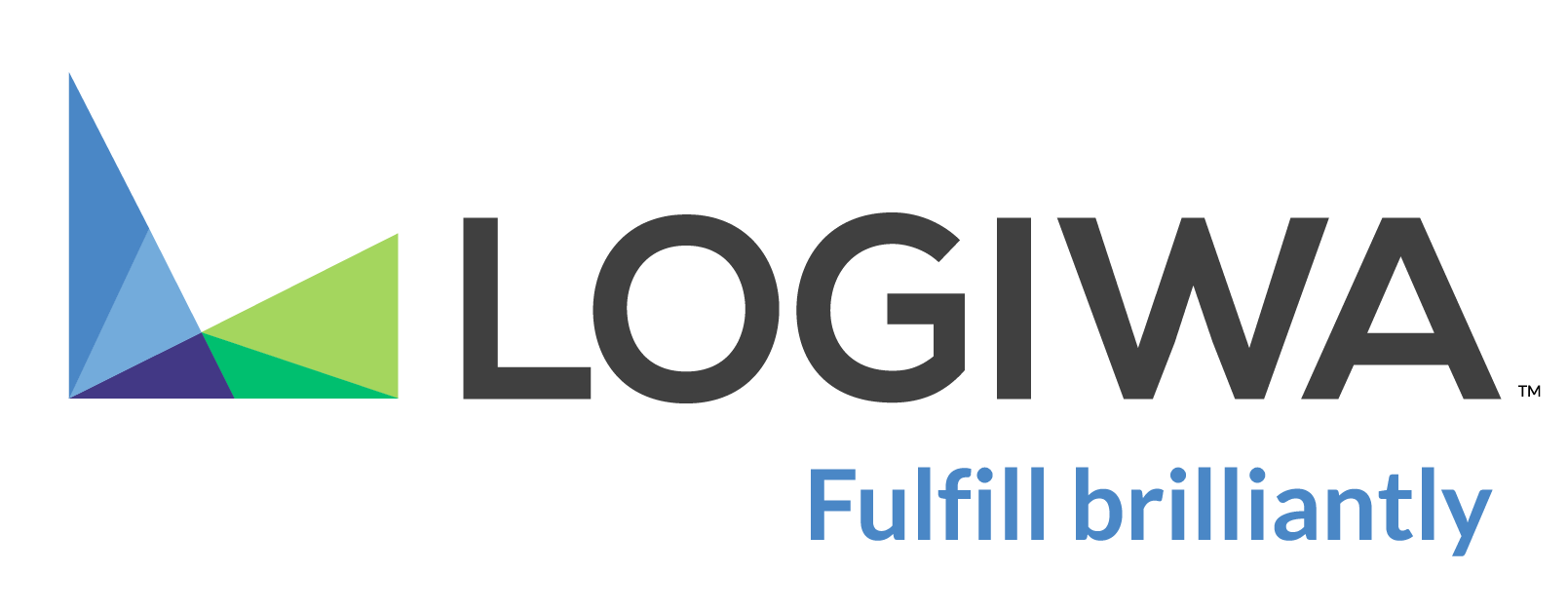The new reality for supply chain operations
Let’s be frank: the comfortable predictability of pre-2024 supply chain operations is behind us. The suspension of Section 321, which previously allowed shipments under $800 to enter the US duty-free, has fundamentally altered the economics of international fulfillment. Yet, this disruption presents an opportunity to build more resilient, future-proof operations.
Immediate actions for supply chain resilience
The current landscape demands a three-pronged approach to maintain operational efficiency while managing costs:
First, consider forward stocking strategies—but with a caveat. While increased inventory levels can buffer against tariff uncertainties, they must be balanced against carrying costs. Data shows that successful operators are using advanced analytics to find their optimal inventory sweet spot, typically maintaining 15-20% more safety stock for critical SKUs while keeping overall inventory lean.
Second, embrace digital transformation as more than just a buzzword. Real-time cost analysis tools and supplier insights aren’t luxury items anymore—they’re essential instruments for survival. Modern WMS solutions can serve as the central nervous system of your operation, providing instantaneous visibility into how tariff changes impact your bottom line.
Third, diversify your fulfillment network strategically. The most resilient operations we’re seeing aren’t just reactively shifting away from affected trade routes—they’re building flexible, multi-node networks that can adapt to future disruptions.
Technology as your tactical advantage
In this new environment, your WMS needs to do more than track inventory—it needs to serve as a strategic planning tool. Here’s what that means in practice:
- AI-driven optimization: Your system should provide pre-built automation rules as well as the ability to easily create your own automated workflows. With these in place, you have real-time decision making to optimize routing and inventory placement.
- Extensibility: The potential to integrate or develop additional functionalities that might address needs, such as dynamic cost modeling or predictive analytics.
- Adaptability and configuration: The ability to adapt operations to changing needs such as designing your own add-ons allowing you to scale effortlessly.
Building long-term resilience
While immediate adaptations are crucial, lasting success requires a fundamental shift in how we approach supply chain management. The most successful organizations are:
- Developing modular supply chain structures that can quickly adapt to regulatory changes. This could mean having multiple smaller warehouses instead of one large facility, working with different suppliers than a single source, and having systems that can quickly onboard new partners or routes.
- Building stronger relationships with domestic fulfillment partners is particularly important in light of the suspension of Section 321. This might require negotiating long-term agreements that include volume-based pricing.
- Investing in staff training to handle increased customs compliance requirements like understanding classification of goods under different tariff codes and learning how to calculate duties and fees correctly.
- Creating robust contingency plans for various tariff scenarios:
- Plan A: Current tariff situation
- Plan B: Additional tariffs on specific countries
- Plan C: Global supply chain disruption
- Plan D: Domestic transportation issues
Each plan should include trigger points to indicate when its time to switch plans, alternative suppliers and routes, and required resources and responsibilities.
The path forward
The suspension of Section 321 and new tariff implementations aren’t temporary hurdles—they’re the new reality of global commerce. Success in this environment requires a blend of strategic foresight, technological capability, and operational flexibility.
As we navigate these changes together, remember that Logiwa isn’t just a software system—it’s your strategic partner in building a more resilient supply chain. The organizations that will thrive are those that view these challenges not as obstacles to overcome, but as opportunities to build stronger, more adaptable operations for the future.
The key to success isn’t just adapting to today’s challenges—it’s building the capability to respond to whatever tomorrow brings. Let’s embrace this opportunity to transform our supply chains into more resilient, adaptable, and efficient operations.
I welcome you to schedule a call with one of Logiwa’s fulfillment experts to discover how Logiwa IO can help you remain agile and profitable by future proofing your fulfillment operations.





